In the classic Looney Tunes gag, Wile E. Coyote has bought his classic ACME detonator and deployed some TNT to do the Road Runner in. As the bird approaches, the coyote hits the plunger. The plunger jams in typical form, and the harder the Coyote fights it, the stronger it resists. He jumps on it, smashes it into the ground, strains as much as possible. But as soon as he abandons it to its own will, it gently detonates on its own — just as the canine himself reaches the target.
The gag works, of course, because we all know how unproductive, and sometimes even counter-productive, a bad plan can be. We are all Wile E. Coyote at his own undoing.
In the case of climate change, even some of the best plans seem prohibitively, impossibly, difficult. Moving forward, we believe that some of the best ideas to address climate change are yet to be thought up, and many of those that make the biggest difference will be the simplest of all. It can’t all be done by plucking the “low-hanging fruit,” but the most impact will be had by good ideas that recognize points of resistance and predict opportunities for mass-uptake and for scale.
Addressing the parallel crisis of the terrifying and ominous decline of honeybees, the well-named Michelle Wisdom, a researcher at the University of Arkansas, helped point to an area where we can potentially help by doing little work. In fact, she may have found a way to leverage the opposite of work — hordes of weekend warriors staying on the couch and leaving their lawnmowers in the garage — to help bees.

An Arkansas grad student and hobbyist beekeeper, Wisdom joined a research project exploring the impact of introducing plants that can sustain and feed honeybees and other pollinators. much of whose decline can be attributed to habitat loss.
As the University of Arkansas reports, “according to USDA sources, more than 50 million acres of manicured lawns, golf courses, roadsides and other managed turfgrass surfaces make grass the largest agricultural crop in the U.S. Add Monoculture farmlands and the result is that pollinator habitats have become fragmented.”
We are willing to speculate that 50 million acres of land would go a long way toward re-de-fragmenting habitats of honeybees and other pollinators.
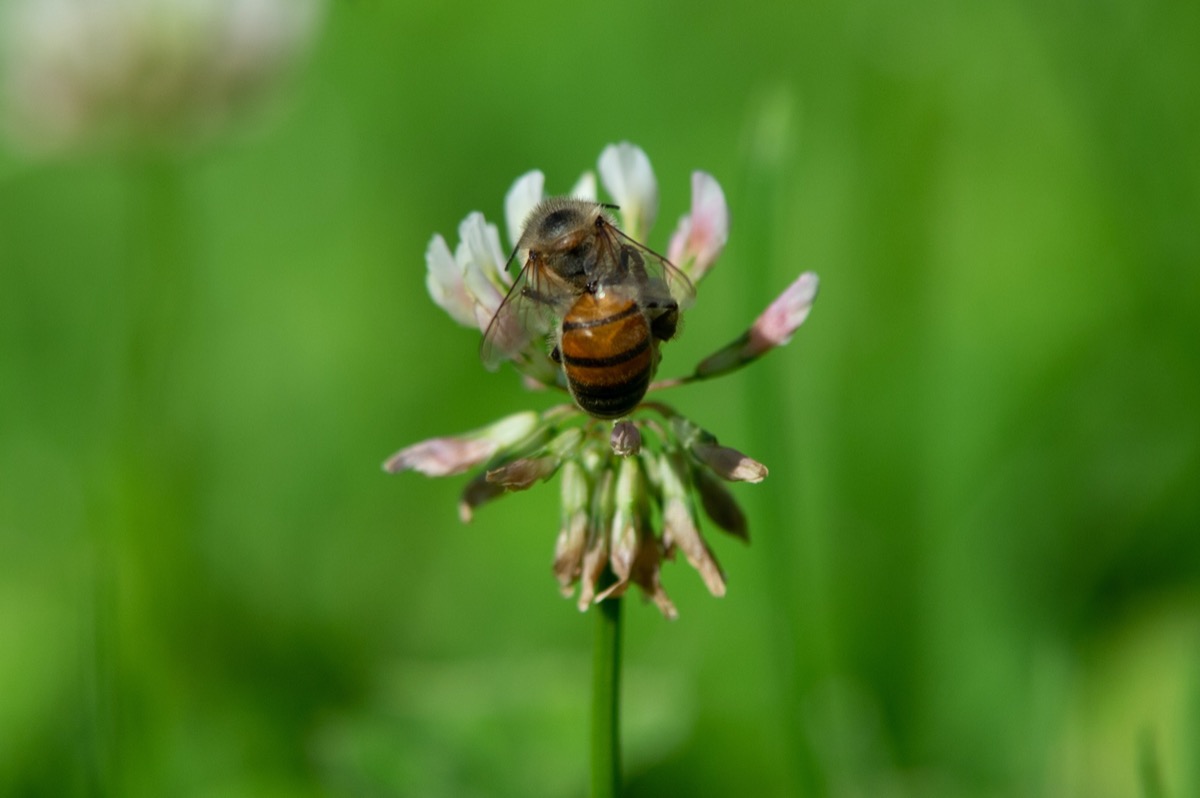
The research project emphasized the planting of bulbs. Even after beginning to create efficient ways to do that, Wisdom couldn’t see much change in bee behavior and began to look for other sources of nutrients. The university continues,
“Wisdom … wanted to see if she could find flowering plants that could coexist with bermudagrass or buffalograss during the insects’ active season. She said her goal was to create a succession of blooms from early spring through late fall. ‘A succession of blooms is best for pollinators,’ she said. ‘Most require diverse pollen sources for good health. And they also need a season-long succession of food sources.’” The trick with the later flowers was finding plants that not only could coexist with the grasses, but also survive repeated mowings. She was able to find a combination of bulbs, white clovers and a couple other flowering plants that provided a succession of blooms. In addition to contributing to pollinator habitat, the white clovers are legumes that make their own nitrogen and leave enough of it in the soil to help fertilize the grass. The combination provided a succession of blooms from as early as January through as late as November.”
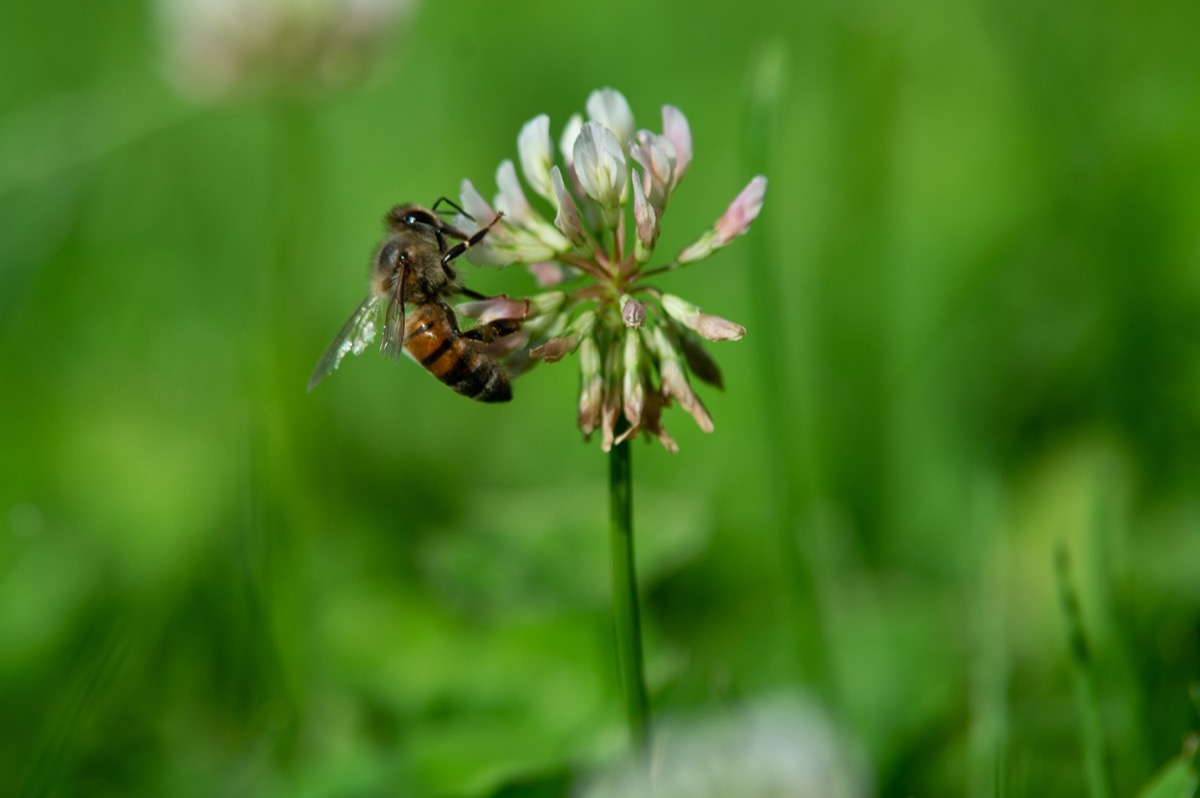

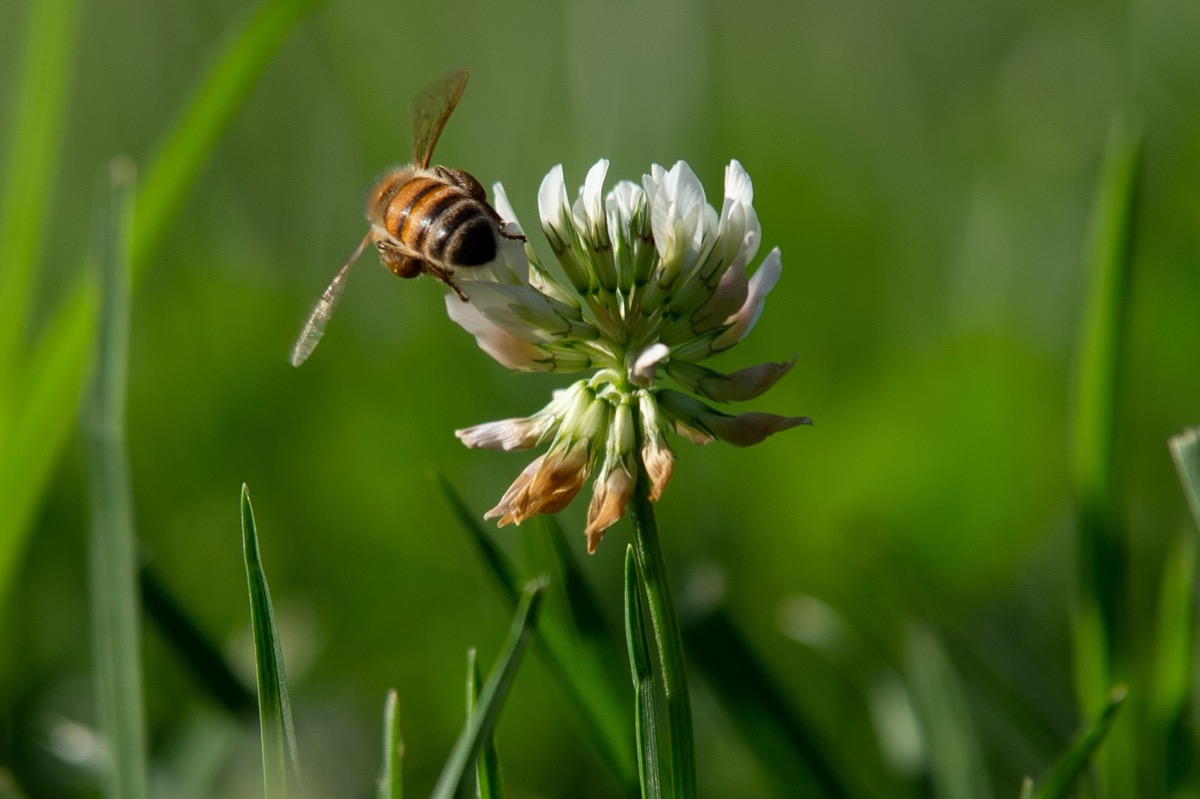
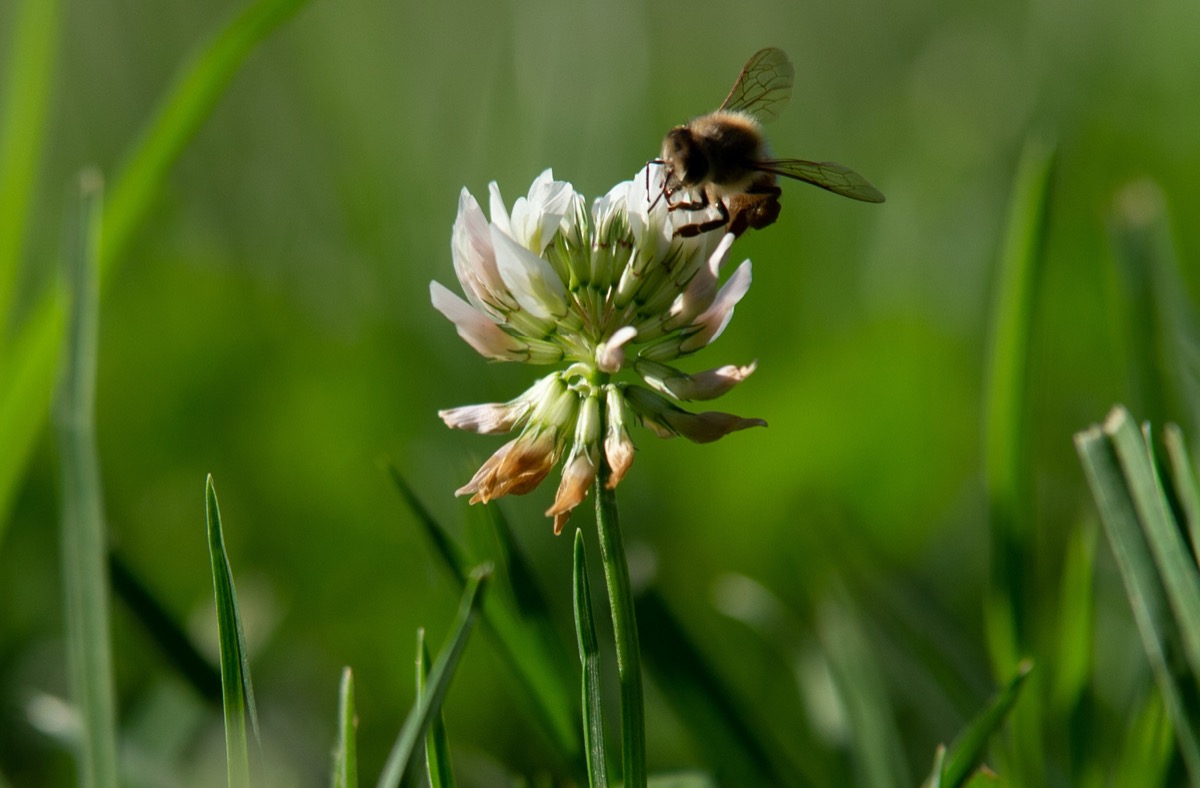

This article doesn’t conclude that white clover is adequate in and of itself to sustain the kind of bee habitat we now need. But while the massive planting of bulbs may not be feasible without a national campaign of the sort we may need for, for example, planting trees, making white clover available to bees can be as simple as not mowing the lawn, or as not rooting out the soft, lush, and often very pretty plants in the service of a monocultural lawn.
Plus, while you’re busy not preventing your clover from blossoming, you’ll also leave some of your lawnmower’s carbon diet under the ground where it is much better off. And sure, not mowing the lawn won’t help the climate on a scale of fifty million anythings, but every effort — or lack of effort where appropriate — counts.
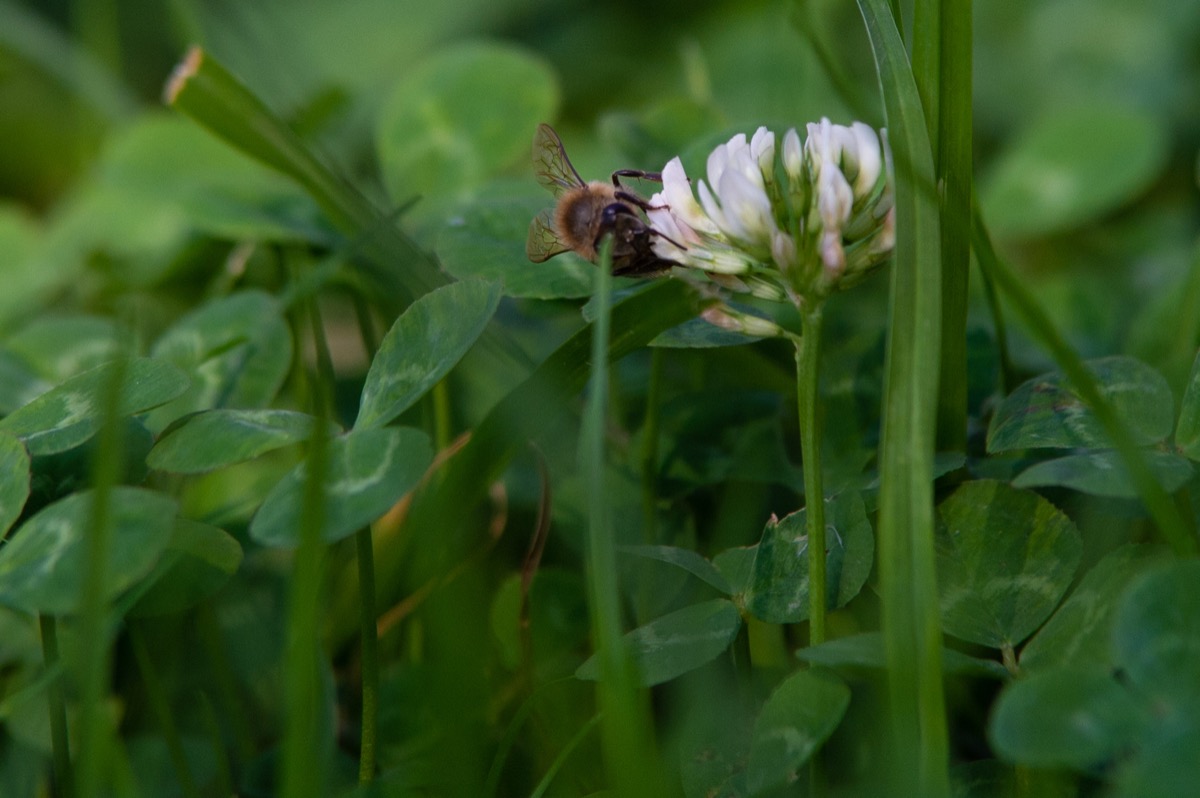
In addition to providing food and habitat for honeybees, white clover is arguably prettier than grass and no more thirsty. It isn’t trample-proof on its own, but combined with lawn it is a resilient and soft habitat for human beings as well.
All imagery by the author, except “Gee Whiz-z-z-z-z-z-z,” 1965, Warner Bros. Pictures Inc., directed by the incomparable Chuck M. Jones.
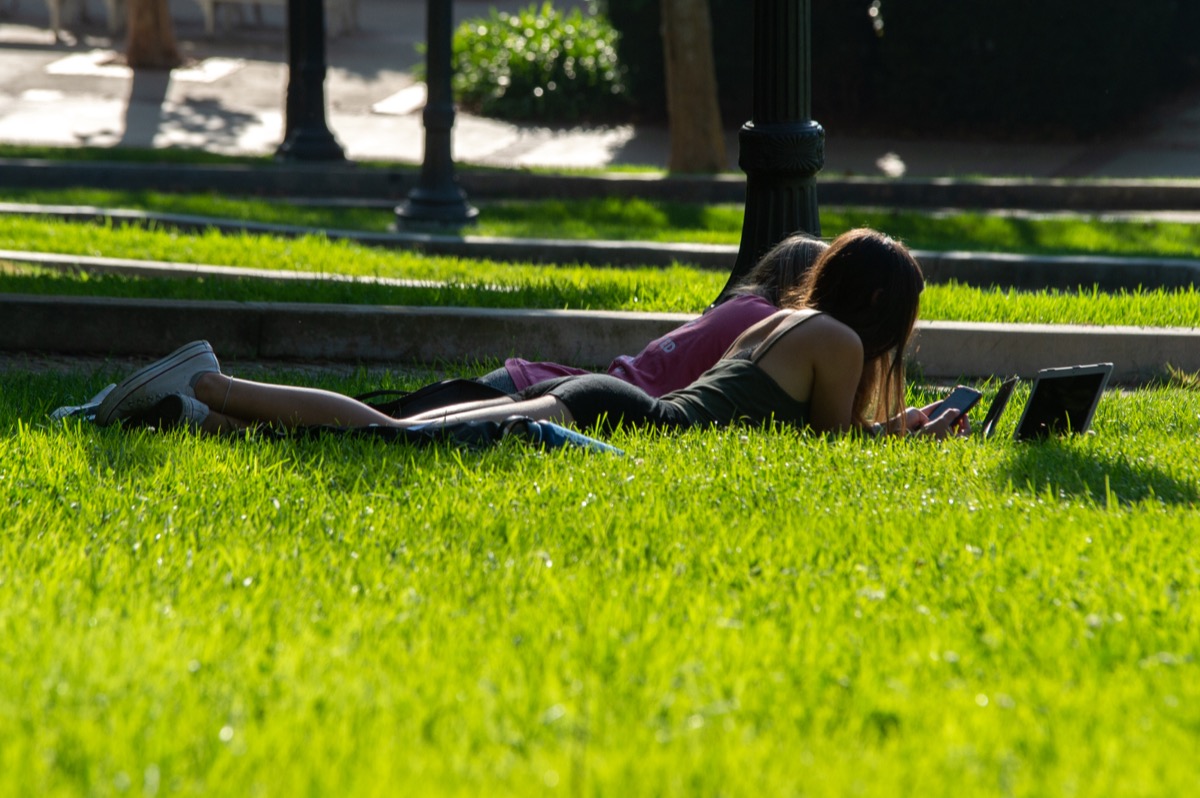
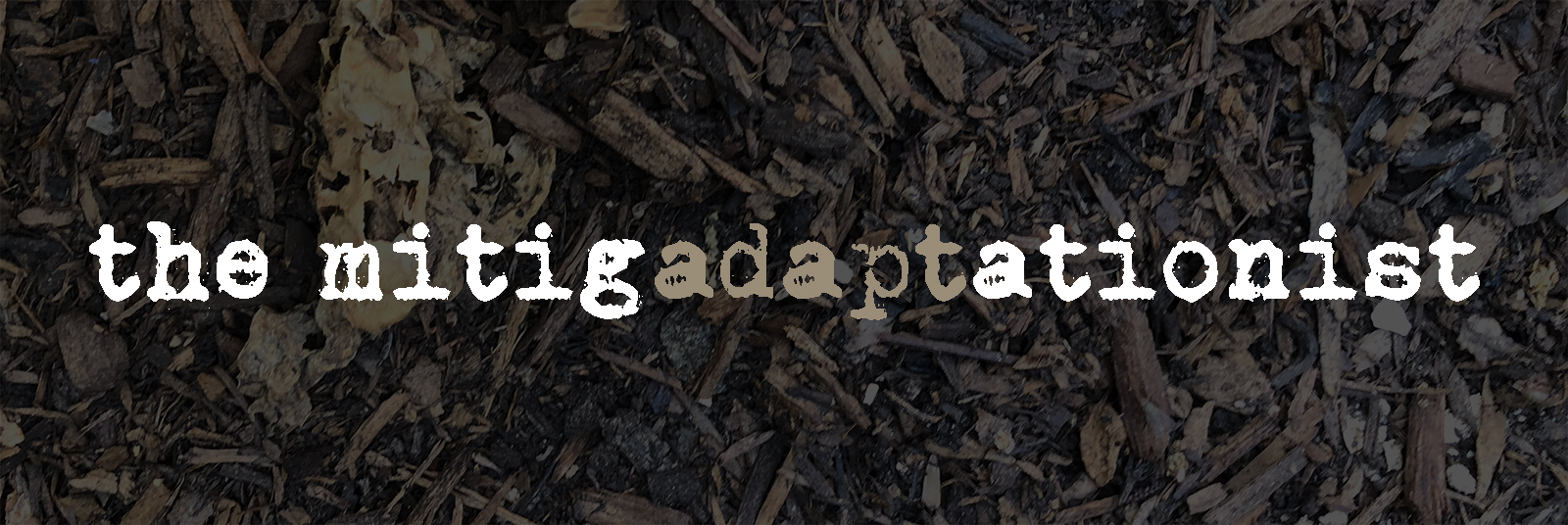
0 Comments